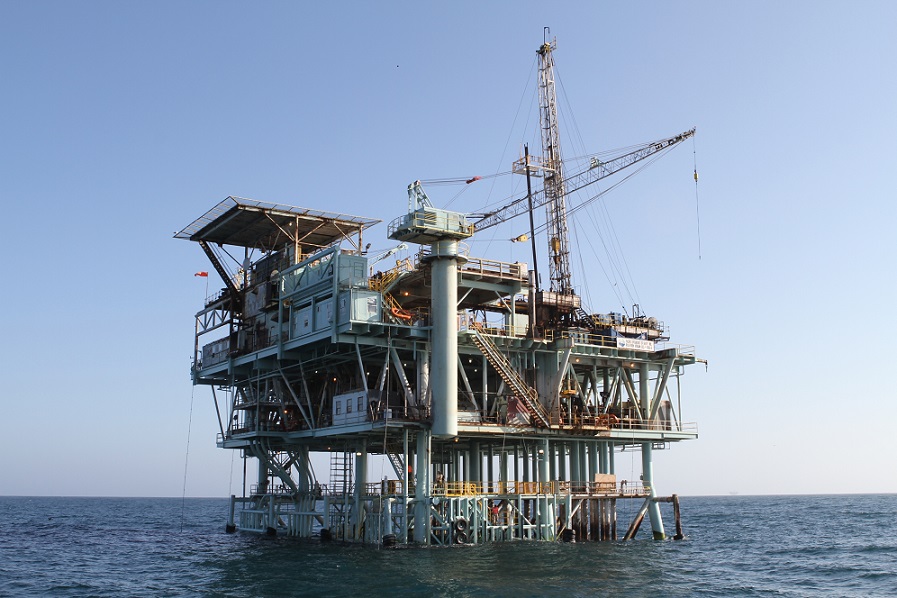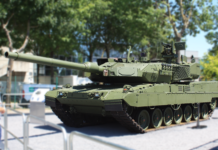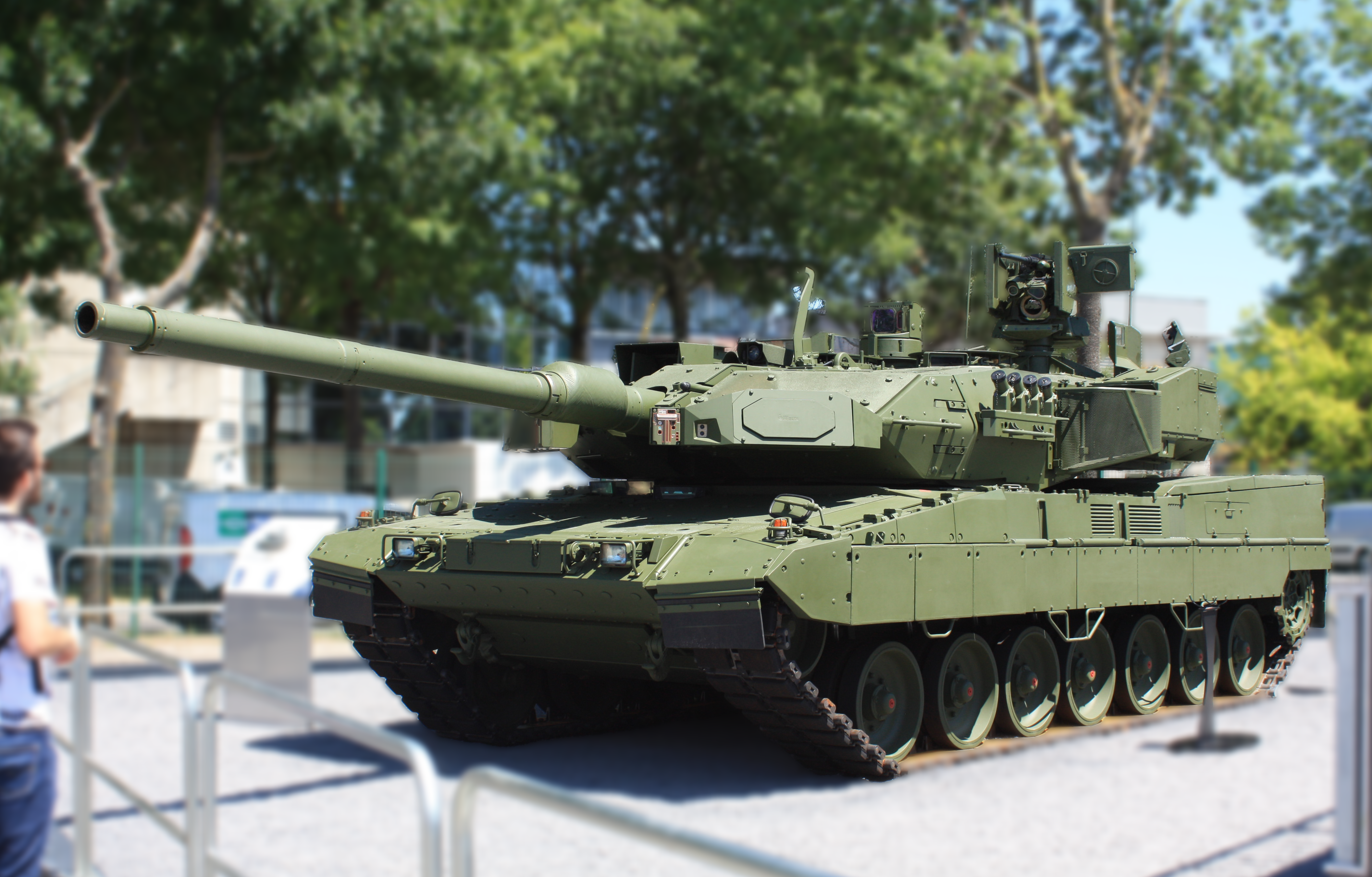This post is also available in:
 עברית (Hebrew)
עברית (Hebrew)
Saudi energy installations were target to attacks by weaponized unmanned aerial vehicles (UAVs) on May 14. The Yemen-based Houthi movement claimed responsibility for the attacks, stating that seven UAVs had been used. One week later, the movement launched another drone attack, this time on Saudi Najran airport, claiming it targeted hangars containing war planes.
Did the attacks reflect a breakthrough in Houthi drone capabilities?
The Saudi Minister of Energy, Khalid al-Falih, stated that two pumping stations on the East-West pipeline, in the Dawadmi and Afif Governorates, and approximately 450 km west of Riyadh, had been attacked by weaponized UAVs. As result, a fire and minor damage were caused to one of the pumping stations, and the pipeline was temporarily closed for evaluation. Oil production was unaffected, however.
This is the first time the Houthi have demonstrated an apparent capability to hit a target 800 km in Saudi territory with UAVs, but the launch site could well have been from inside Saudi territory, reducing the range. The selection of a UAV, as opposed to a ballistic missile, limits the size of warhead delivered (the Houthi Qasef 1 UAV has a 30 kg warhead).
According to aljazeera.com, the Houthi military spokesman Yahya Saree said seven drones carried out the strikes on the Saudi oil installations. “It was a successful operation. We found assistance from people living in Saudi Arabia, and we had excellent intelligence,” Saree said.
The drone strikes show the Houthis are now capable of attacking far into Saudi territory. Andreas Krieg from King’s College London defined the energy installations incident “very significant” because the target was oil production. “It looks like they are targeting the oil infrastructure.”
Janes.com evaluates that the attack will be used by Saudi Arabia as evidence of an intensification of attempts by Iran to disrupt Saudi oil exports .
Saudi Arabia treats the Houthi as an Iran-backed proxy in Yemen, and it has repeatedly, with some justification, accused Iran of providing UAV and ballistic missile technology to the movement. The attack reflects the persisting risk of Houthi targeting of hydrocarbon infrastructure in Jeddah, Yanbu, and potentially cities such as Riyadh, with ports, military installations and airports also at high risk of further attacks. The Houthi have previously attacked Saudi hydrocarbon sector targets with both SCUD-type missiles and UAVs.


























